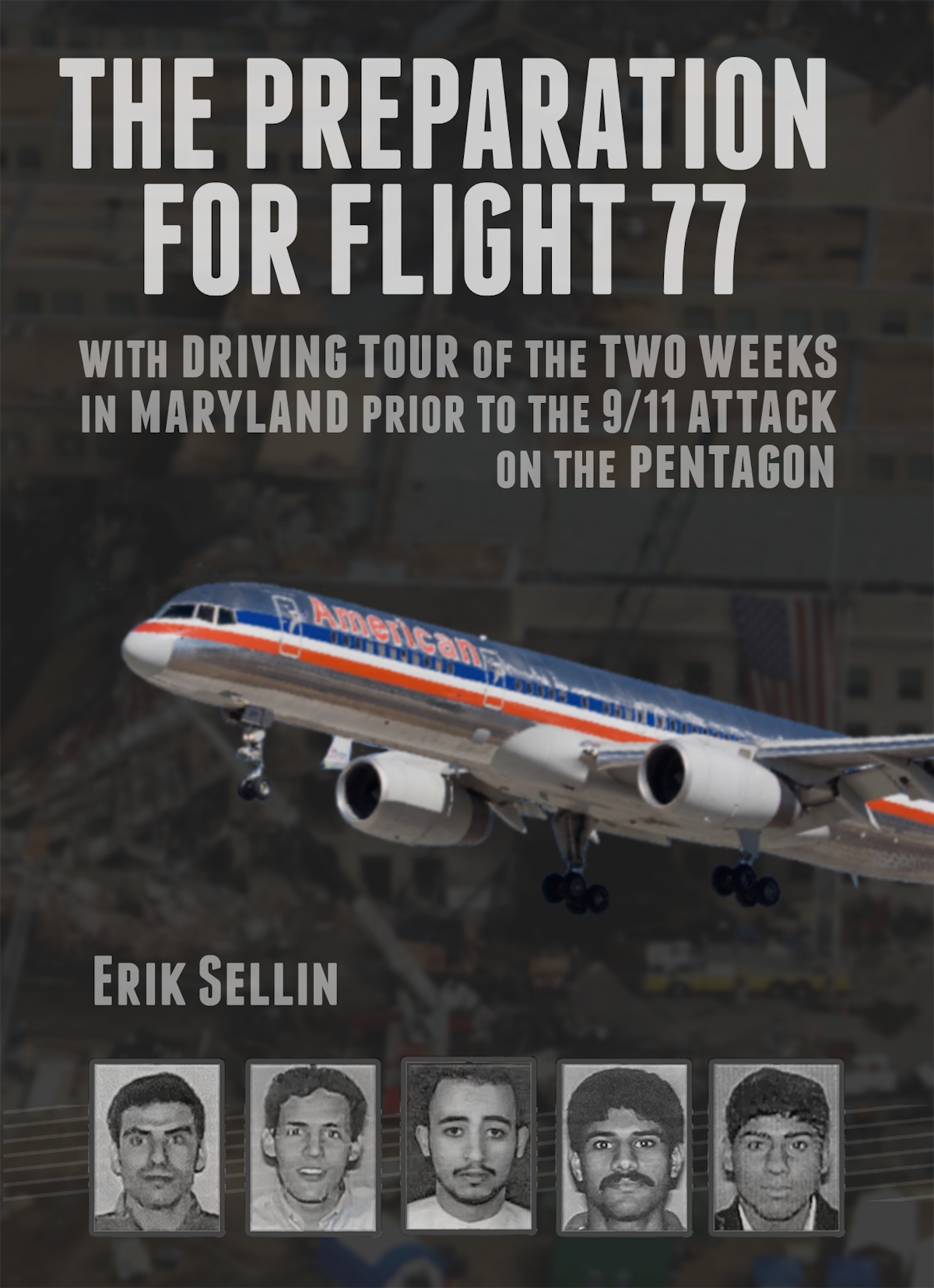
The September 2001 attack on the Pentagon was part of the most audacious and successful terrorist attacks ever mounted. This book looks specifically at the attack which devastated the Headquarters of the Department of Defense, examining Osama bin Laden, the origin of al Qaeda, and how the hijackers were selected for the attack. It also describes how these men arrived in America and where they gathered. The second part of the book takes the reader on a chilling driving tour of the places in Maryland that all five hijackers frequented in the 2 weeks prior to 9/11. Concluding with information on the attack and its aftermath, this is an intriguing look at how five men, bent on destruction and terror, lived and walked among the general population, with disquieting ease, in the weeks leading up to the attack.
Genre: HISTORY / United States / 21st CenturySales have leveled off since its original release almost 5 years ago--however--there will be renewed interest in it during the upcoming 20th anniversary.
The morning of September 11, 2001 was clear and sunny in the Mid-Atlantic region. It was the 60th anniversary of the groundbreaking of the headquarters of the United States Department of Defense, the Pentagon, in Arlington County, Virginia. The fortress-like concrete building is one of the largest office buildings in the world.
Twenty-five miles away, at Dulles International Airport, Khalid al-Mihdhar and Moqed checked in at the American Airlines ticket counter at 7:15am, and passed the Main Terminal’s West Security Gate five minutes later. Within 15 minutes, they would be followed by Hanjour and the al-Hazmi brothers.
Al-Mihdhar and Nawaf al-Hazmi, two of the first suicide operatives selected by bin Laden, were on the FBI’s terrorist-alert list.
Al-Mihdhar was also flagged by the FAA-approved Computer Assisted Passenger Prescreening System, or CAPPS, as were Moqed and Hanjour.
When the al-Hazmi brothers arrived at the check-in counter, American’s customer service representative found both of them to be suspicious. One of them had neither a photo ID nor command of the English language.
Primarily because of the concern of potential perceived discrimination and the impact on passenger throughput, “selectees” were not required to undergo thorough screening of their carry-on baggage. The only result of their selection was that their checked bags were screened for explosives and held off the plane until it was confirmed that they had boarded. The mindset at the time was that if someone was going to hide a bomb in their baggage to go off during flight, they would not follow the bag onto the plane.
| Language | Status |
|---|---|
|
Portuguese
|
Already translated.
Translated by EDSON SANTANA
|
|
Spanish
|
Already translated.
Translated by Dennys Rivera
|